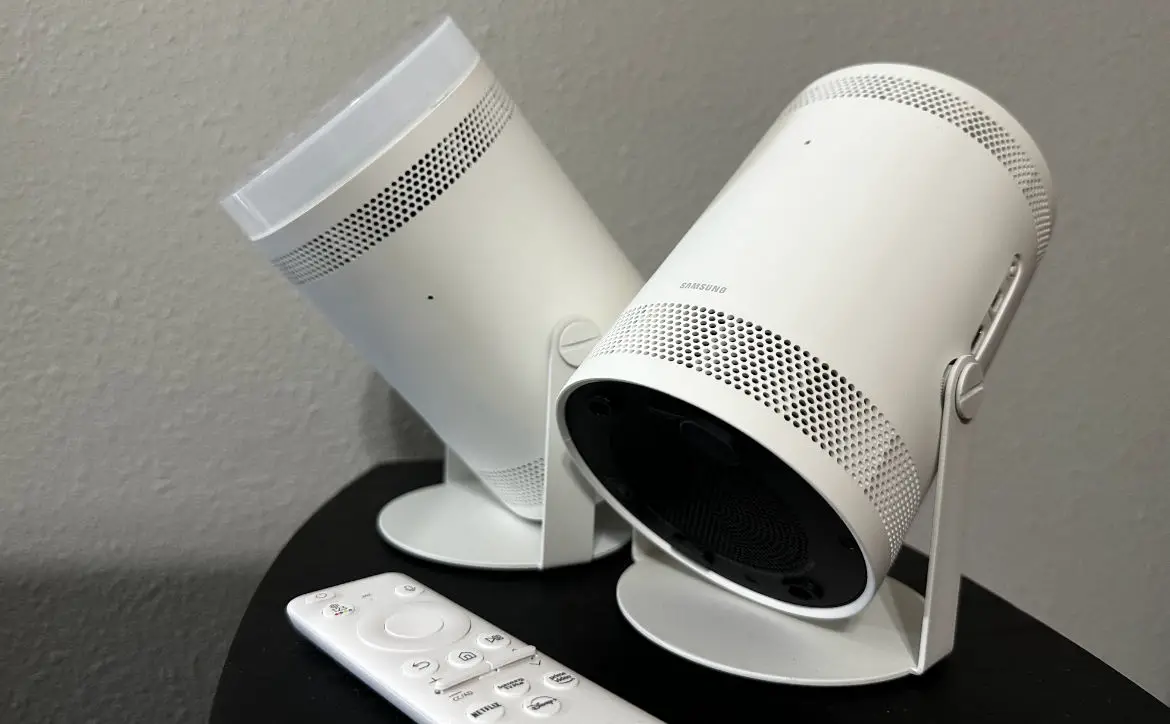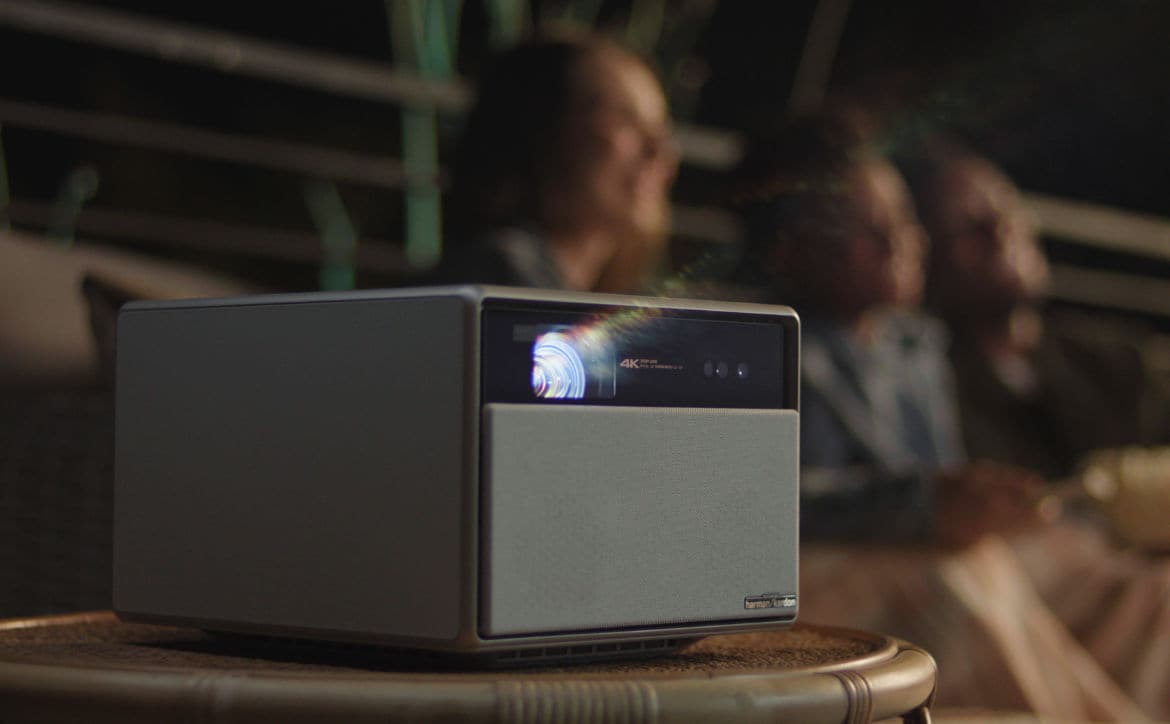The integration of advanced technology into the insurance industry is revolutionizing how personal lines of insurance operate. As we navigate through the digital age, we’re witnessing a reshaping of the ways we understand, purchase, and manage our insurance policies.
Estimated reading time: 6 minutes
From the incorporation of artificial intelligence in underwriting to the development of mobile apps for claims management, technology is rapidly transforming the insurance experience, ushering in an era of enhanced accessibility, transparency, and efficiency. Insurtech innovations are dismantling traditional barriers, creating a more seamless and intuitive user experience.
Additionally, these advancements enable more accurate risk assessment, leading to fairer pricing models for customers. Ultimately, the insurance landscape of tomorrow promises an ecosystem where technology empowers consumers, instilling greater trust and fostering stronger relationships between insurers and policyholders.
AI and machine learning
In the traditionally complex and intricate world of insurance underwriting, the introduction of Artificial Intelligence (AI) and Machine Learning is significantly changing the game, setting a new paradigm. Insurers, recognizing the transformative potential of these cutting-edge technologies, are increasingly leveraging them to sift through vast volumes of data, ranging from personal demographics to intricate historical claims data.
This impressive data handling capability provided by AI and Machine Learning allows insurers to unearth hidden correlations and identify risk patterns with a level of precision previously unimaginable. Consequently, they can assess risk levels more accurately, faster, and with less human intervention. This technological overhaul is leading to profound improvements in the underwriting process, essentially redefining how risk is calculated and priced.
As a direct result, AI-powered systems are enabling insurance companies to price their policies more effectively. They’re automating the risk assessment process, thereby increasing efficiency and speed, while simultaneously minimizing potential human errors and bias. Furthermore, these systems are fostering the creation of personalized coverage that aligns with the unique needs and risk profiles of individual policyholders.
This groundbreaking move towards hyper-customization of insurance products not only enhances the customer experience, making it more personalized and relatable but also improves operational efficiency within the insurance industry. By automating tedious and complex tasks, these systems allow human underwriters to focus on more strategic and analytical roles.
Moreover, by reducing the likelihood of human error, these AI systems are helping to generate more precise and reliable risk evaluations. This leads to more appropriate, fair pricing of insurance policies, and also reduces instances of insurance fraud. In the long run, these benefits contribute to a healthier insurance market, greater customer satisfaction, and overall industry growth.
Embracing mobile apps for seamless claims management
One of the most evident manifestations of the digital age in the insurance industry is the process of managing insurance claims. No longer do policyholders have to engage in lengthy, paper-based procedures to report a claim. The advent of mobile apps has significantly simplified this process. With just the touch of a screen, customers can now file a claim, upload photos of the damage, and track the progress of their claims in real time.
This digital shift has greatly enhanced the transparency of the claims process, making it more user-friendly and efficient. It eliminates unnecessary bureaucratic hurdles, expediting the resolution of claims and promoting a sense of empowerment among policyholders. By reducing the stress and time consumption traditionally associated with claim filings, these apps contribute to a more satisfying customer experience. They are a testament to how digital transformation in the insurance industry is placing a greater emphasis on customer convenience and satisfaction. Also, by providing instant updates, they keep policyholders informed at every stage, fostering trust and transparency, which are fundamental in the insurer-insured relationship
The power of personal lines insurance in the digital age
Personal lines insurance, which covers areas like home, auto, and individual life and health insurance, has greatly benefited from this digital transformation. Extensive paperwork and long wait times for policy approval, once deemed inevitable, are now things of the past. Digital platforms now offer quick, user-friendly services that make it easy to compare quotes, purchase policies, and manage claims. Technological innovations are enabling insurance companies to create a more personalized and seamless experience for policyholders. Big data and predictive analytics are being used to refine risk assessment and pricing, resulting in more accurate and fair premiums for consumers. Meanwhile, the increased connectivity provided by the Internet of Things (IoT) devices is creating new ways for insurers to monitor risk, prevent losses, and offer more proactive services.
Tech-enabled insurance
The tech-driven evolution of personal lines insurance is not just about enhancing convenience and efficiency. A pivotal aspect of this transformation is its role in building stronger, more trusting relationships between insurers and their customers. By using technology to enhance transparency and deliver more value, insurers can foster greater loyalty and trust. Innovative features such as real-time claim tracking, instant communication, and personalized services all contribute to an enriched customer experience, where policyholders feel valued and engaged.
For example, many insurers now offer mobile apps that not only streamline the claims process but also provide value-added services, like alerts for severe weather conditions, reminders for car maintenance, or wellness tips for health insurance policyholders. This proactive engagement, bolstered by digital tools, helps build trust and strengthen the insurer-customer relationship, establishing a partnership that goes beyond transactional interactions. As a result, policyholders feel more connected to their insurance providers and are likely to be more satisfied and loyal.
Additionally, these digital services can enhance the perception of insurance companies, showing them to be customer-centric entities that are committed to serving and protecting their customers’ interests. By embracing these digital transformations, insurance companies are not only improving operational efficiency but are also forging stronger and more meaningful relationships with their customers
Conclusion
The dawn of the digital age has brought about profound changes in personal lines insurance. With the continuous evolution of technology, the future of insurance promises to be even more exciting! Autonomous vehicles, smart home technologies, and even more advanced AI applications are just around the corner, hinting at further transformations in the ways we insure our lives and assets.
Remember, adapting to the changing landscape of personal lines insurance is crucial. It’s not just about staying relevant; it’s about using technology to improve the overall insurance experience for the consumer, striving for a model that is not just efficient and accessible, but also interactive and trust-building. This is the true essence of insurance in the digital age — a dynamic, tech-driven landscape where coverage is personalized, claims management is seamless, and customer engagement is a core focus.
What do you think about how technology is reshaping the insurance industry? Let us know on social media by using the buttons below.










